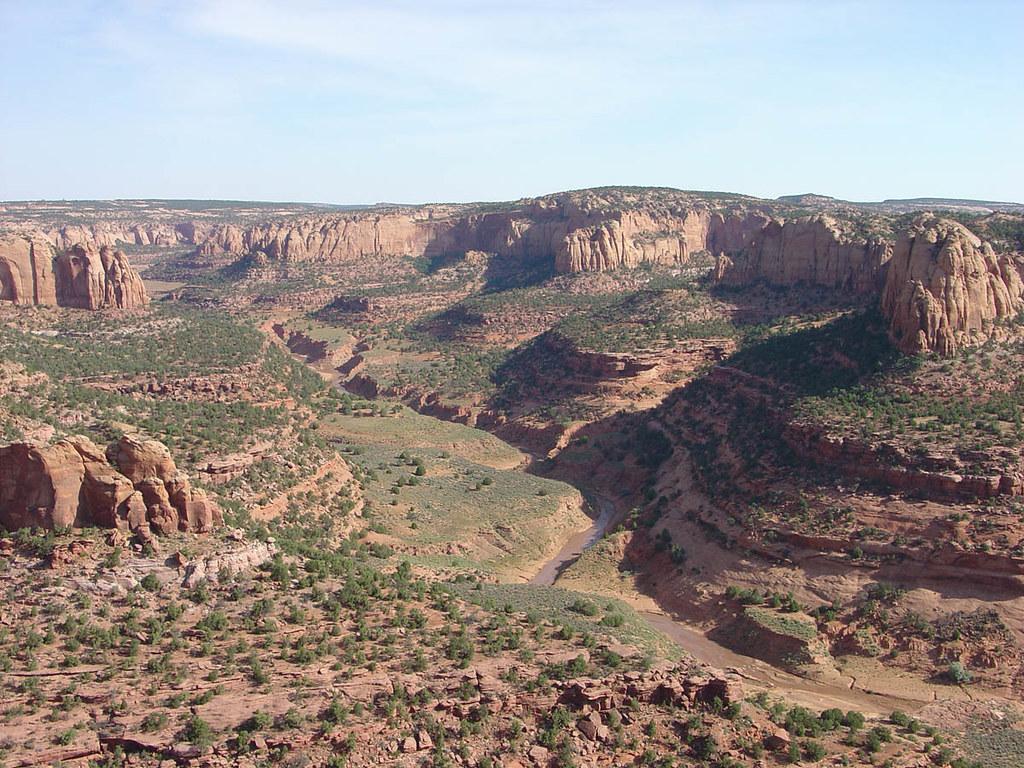
Long Canyon, Navajo National Monument / National Park Service
I’ve been creating these quizzes and trivia pieces mainly based on national parks, with the occasional national monument or national historic site thrown in. I decided this quiz and trivia piece would deal specifically with national monuments, because there are more of them than I realized, and they are great less-visited alternatives to some of the more popular (and populous) national parks. Back in 2010, the Traveler published an article about national monuments. Things have changed a little in terms of numbers, since some national monuments are now national parks (I’m thinking of White Sands National Park).
I didn’t want to start a National Monuments Quiz #1 and mess up my numbering system, so I’m calling this Quiz #7 - The National Monuments Edition. Remember, see just how much you know about your national monuments before checking the answers at the bottom.
1. Navajo National Monument, located in Arizona, was created to protect the remains of how many pueblos?
a) 1
b) 2
c) 3
d) 4
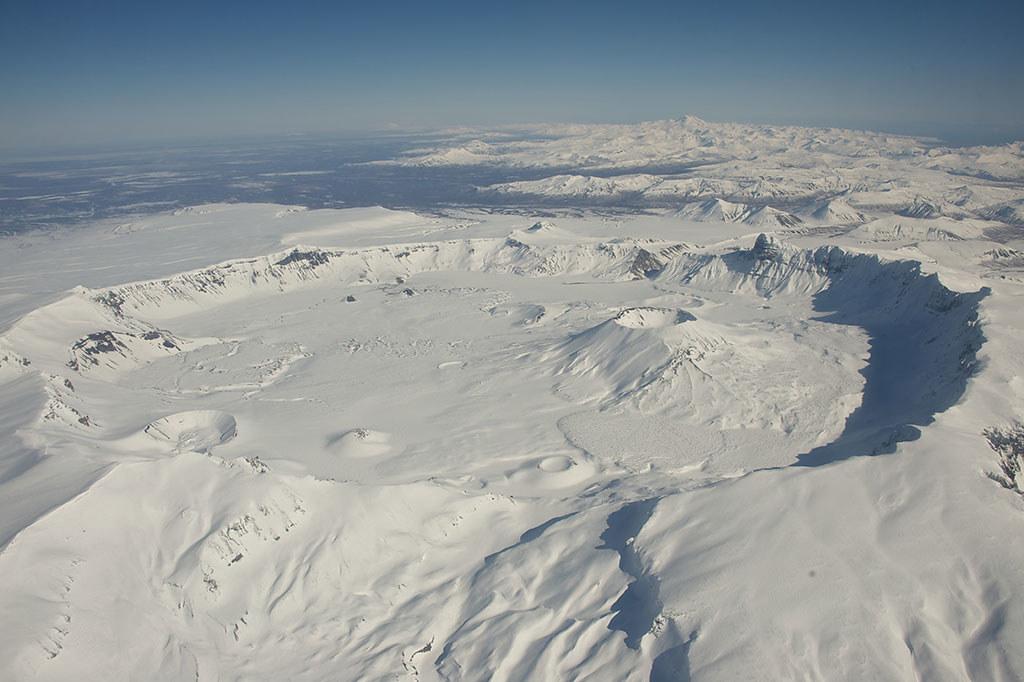
Aniakchak Caldera, Aniakchak National Monument & Preserve / USGS-Roy Wood
2. If you really want to get out and away from it all, Aniakchak National Monument & Preserve in Alaska is the place to go, being one of the “most wild and least-visited places in the National Park System.” Aniakchak is “a 6-mile wide, 2,000-foot-deep caldera ...”. How do calderas form?
a) By an explosive volcanic eruption
b) By collapse of surface rock into an empty magma chamber
c) Both of the above
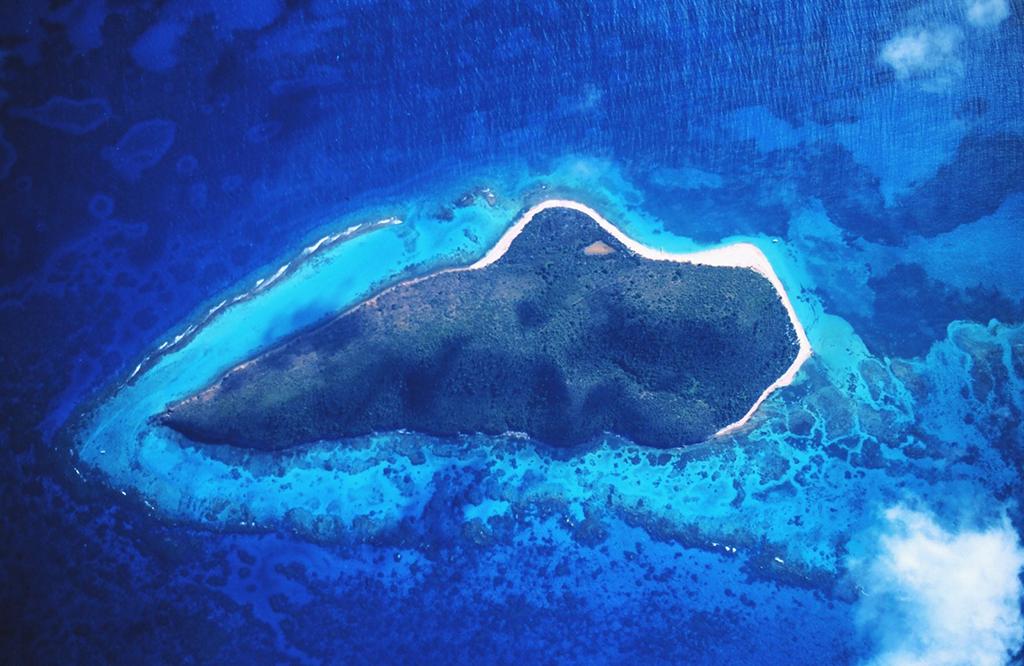
Buck Island Reef National Monument / NOAA-Sean Linehan
3. Buck Island Reef National Monument in the Virgin Islands, is home to one of the most pristine barrier coral reef systems in the Caribbean. One of the major builders of this barrier reef is:
a) staghorn coral
b) elkhorn coral
c) black coral
d) pillar coral
4. Capulin Volcano, which gives its name to Capulin Volcano National Monument in New Mexico, is what kind of volcano?
a) stratovolcano
b) shield volcano
c) cinder cone
5. At Effigy Mounds National Monument in Iowa, you can view mounds of earth in the shape of birds, bear, deer, lynx, bison, turtle, and panther, to name a few. How many of these mounds are there?
a) 50
b) 100
c) 150
d) 200
6. George Washington Carver National Monument in Missouri, preserves the boyhood home of the scientist who developed many uses for peanuts, including flour, paste, soap, insulation, paper, and skin lotion, to name a few. As a boy, though, he had another nickname. What was that nickname?
a) The Thinker
b) The Teacher
c) The Inspiration
d) The Plant Doctor
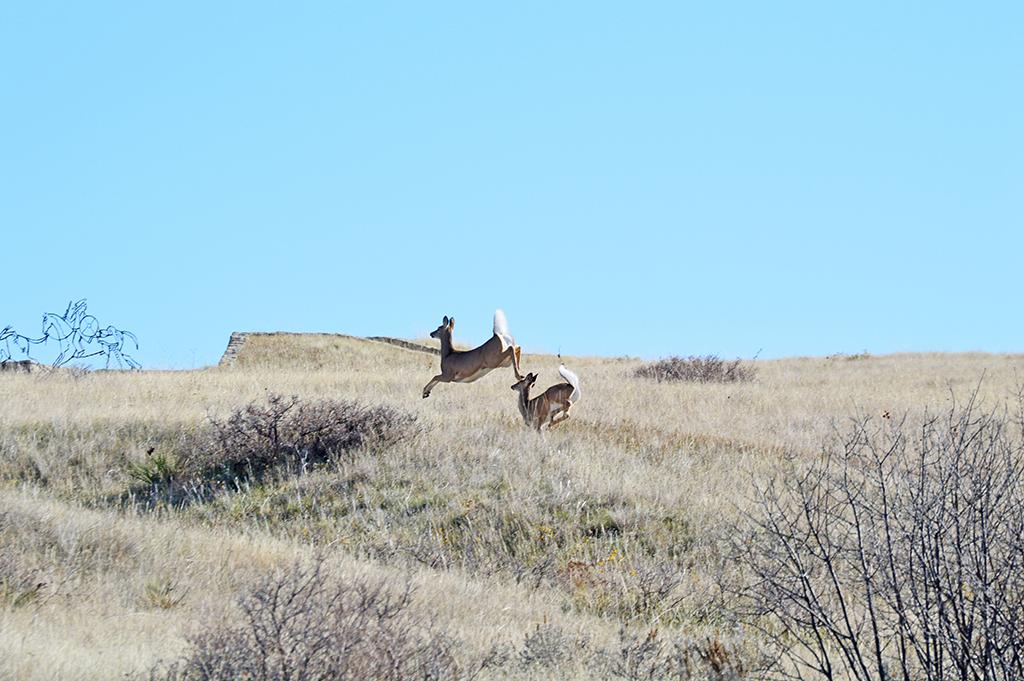
Two white tail deer running past the Indian Memorial, Little Bighorn Battlefield National Monument / National Park Service
7. “Little Bighorn Battlefield National Monument is more than just battlefields and monuments. It is an ecosystem composed of a variety of species-birds, mammals, reptiles, and amphibians native to southeastern Montana.” How many species of mammals have been identified in this national monument?
a) 25
b) 42
c) 65
d) 83
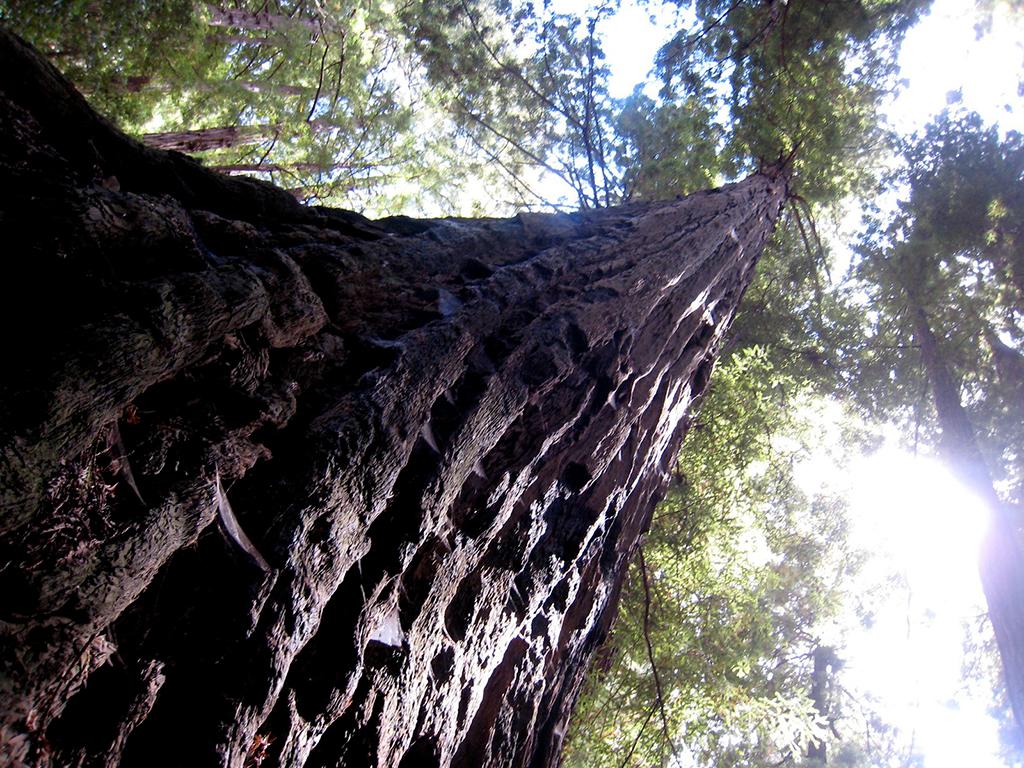
Muir Woods National Monument / Alan Levine
8. Muir Woods National Monument, in California, has been protected as a national monument since:
a) 1908
b) 1918
c) 1927
d) 1932
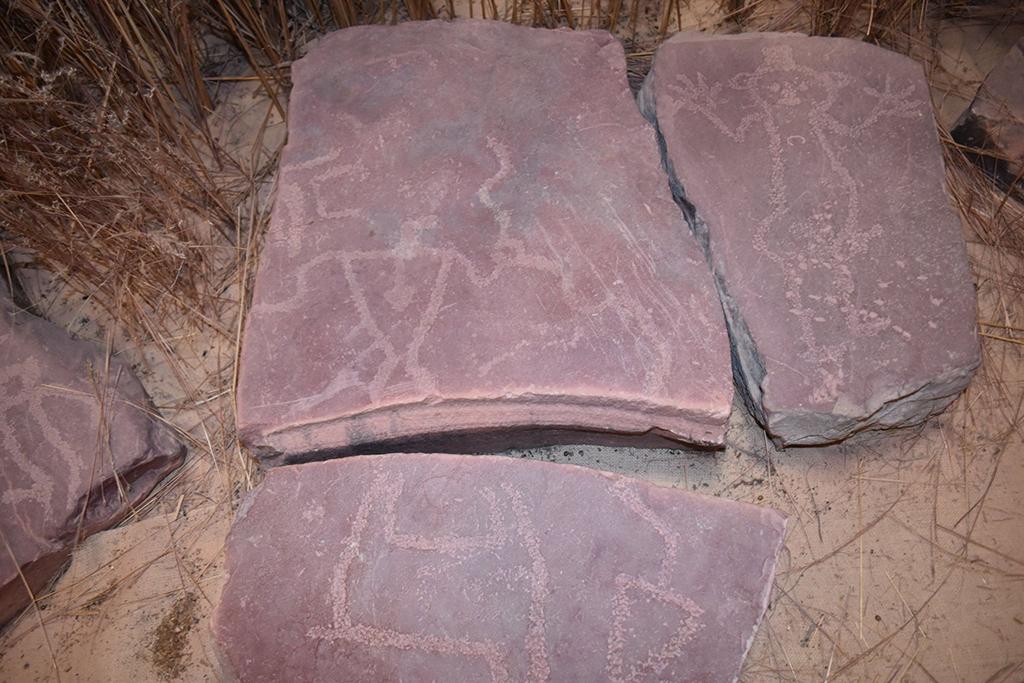
Petroglyphs, Pipestone National Monument / NPS-Jessica Borden
9. For countless generations, American Indians have quarried the red pipestone found at Pipestone National Monument in Minnesota. What is pipestone?
a) quartzite
b) slate
c) claystone
d) schist
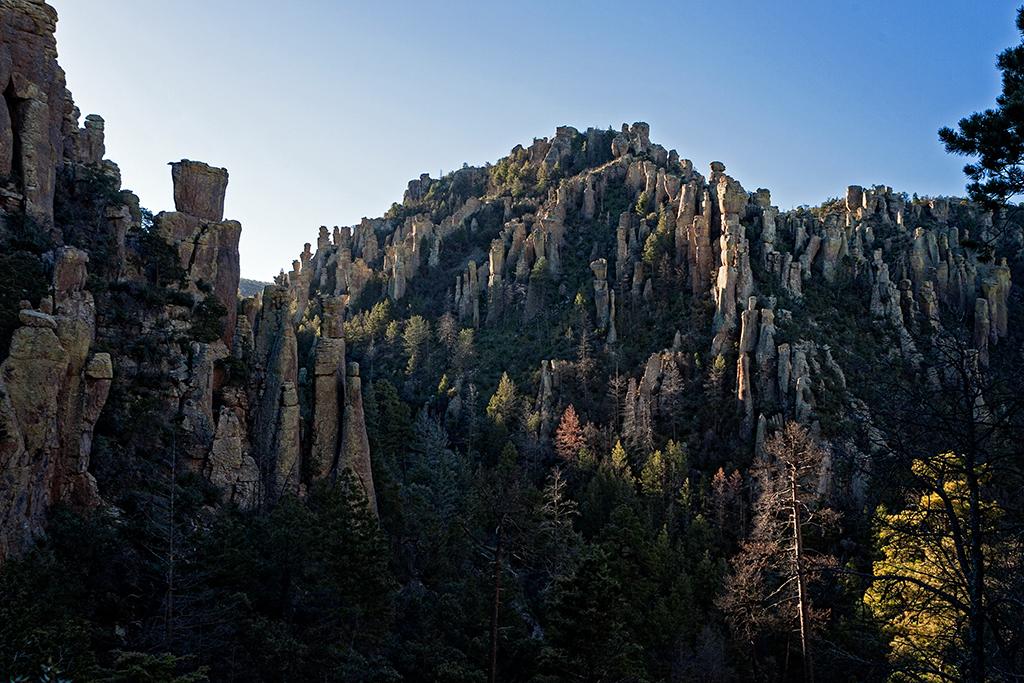
Rock pinnacles, Chiricahua National Monument / NPS-C. Dischinger
10. Chiricahua National Monument in Arizona was created to protect the rock pinnacles that rise “hundreds of feet into the air.” What are these pinnacles made of?
a) basalt
b) granite
c) diorite
d) rhyolite
Here's a little trivia for you:
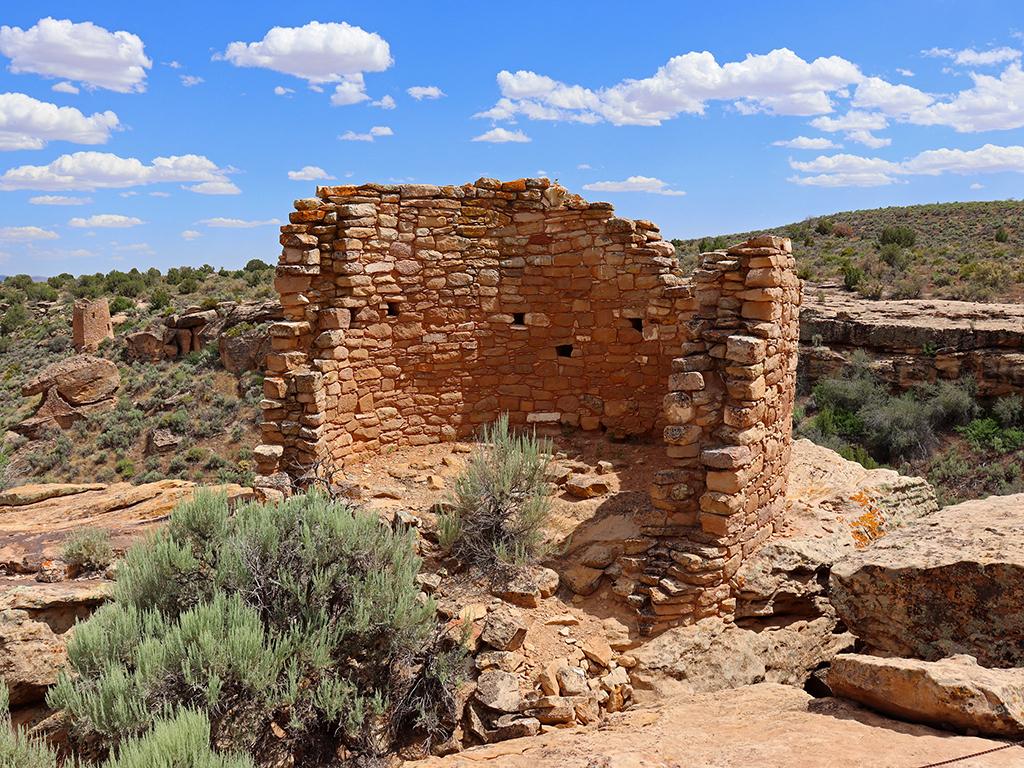
Tower remains, Hovenweep National Monument / Western Landscapes
Hovenweep National Monument spans both Colorado and Utah, and “includes six prehistoric villages built between A.D. 1200 and 1300. Human habitation at Hovenweep dates to over 10,000 years ago when nomadic Paleoindians visited the Cajon Mesa to gather food and hunt game. These people used the area for centuries, following the seasonal weather patterns. By about A.D. 900, people started to settle at Hovenweep year-round, planting and harvesting crops in the rich soil of the mesa top. By the late 1200s, the Hovenweep area was home to over 2,500 people.” The towers at Hovenweep are similar in architecture and masonary to those people living at Mesa Verde, and while theories of the towers’ function range from observatories to storage facilities to homes, their actual purpose remains a mystery.
Castillo de San Marcos National Monument in Florida, “is unique in North American architecture. As the only extant 17th century military construction in the country and the oldest masonry fortress in the United States it is a prime example of the ‘bastion system’ of fortification, the culmination of hundreds of years of military defense engineering. It is also unique for the material used in its construction. The Castillo is one of only two fortifications in the world built out of a semi-rare form of limestone called coquina (The other is Fort Matanzas National Monument 14 miles south).” FYI, coquina is a sedimentary rock, a variety of limestone composed almost entirely of shell fragments. Think of coquina like a rice crispy treat, except inedible: tiny bits and pieces of shells you can still discern as shells, bonded together with a clear glue.
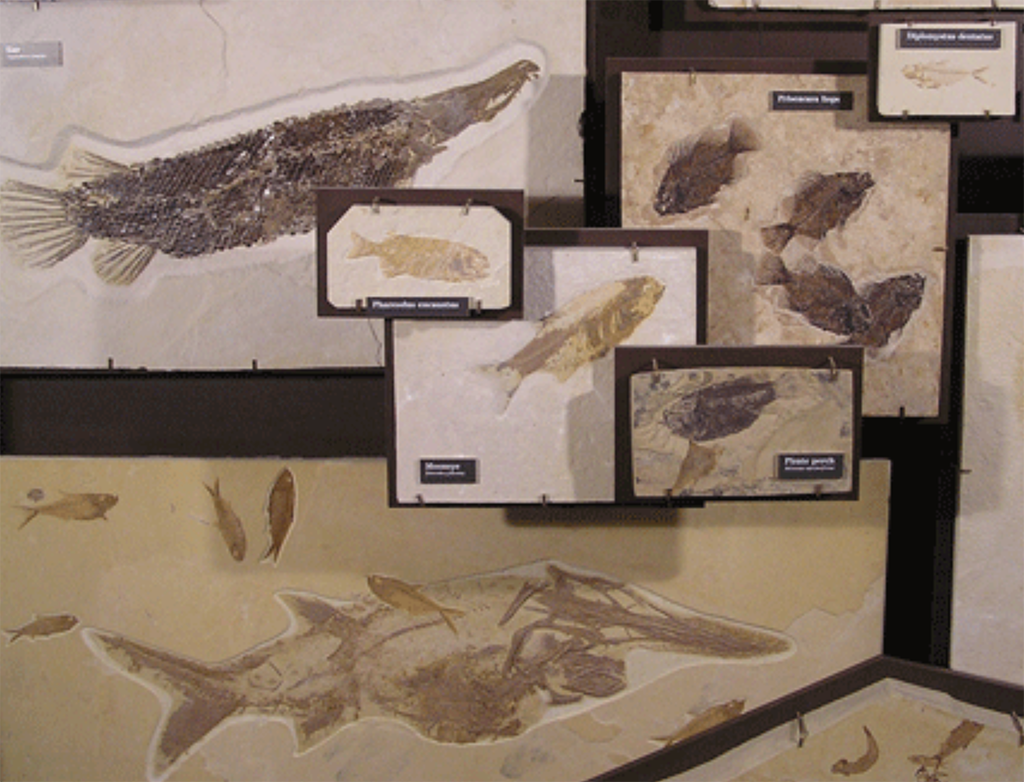
Fossil fish display, Fossil Butte National Monument / National Park Service
Thanks to the quiet water environment and fine-grained lake sediments that preserved life in and around ancient Fossil Lake, Fossil Butte National Monument in Wyoming displays some of the best -preserved articulated (all bones in place) aquatic species of the Eocene Epoch (56 to 34 million years ago) in North America and is known as “America’s aquarium in stone.” Of the fossils discovered, 27 fish species, 10 mammal species, 15 reptile species, 2 amphibian species and several arthropod specimens have been identified. Click here to see photographs of the fossil finds in this national monument.
Quiz Answers
1. c
Navajo National Monument protects the remains of three pueblos: Keet Seel, Betatakin, and Inscription House. These three pueblos date to the 13th century C.E. (Common Era) and were all built in large, natural alcoves of the Navajo Sandstone Formation.
2. c
Sorry! I guess this is a trick question, since calderas form after an explosive volcanic eruption (a) empties out a magma chamber, thus causing the collapse of the remaining surface rock (b). In the case of Aniakchak caldera, “about 3,500 years ago, a dramatic explosion caused the loss of some 3,000 feet of the upper mountain [which was originally about 7,000 feet high]. The remainder of the mountain then collapsed, leaving a relatively flat-floored, ash-filled bowl.” Hey, I’m allowed to throw in an occasional trick question, I think.
3. b
Elkhorn coral is the primary builder of this barrier reef that surrounds two-thirds of Buck Island, although other corals also live within the pristine waters around the island, including star coral and brain coral.
4. c
Capulin Volcano is an extinct cinder cone volcano. A cinder cone is “A conical hill, often steep, formed by accumulation of solidified fragments of lava that fall around the vent of a single basaltic or andesitic eruption. The rock fragments, often called cinders or scoria, are glassy and contain numerous gas bubbles "frozen" into place as magma exploded into the air and then cooled quickly. Cinder cones range in size from tens to hundreds of meters tall.” In this case, Capulin Volcano National Monument preserves not only the cinder cone namesake, but approximately 800 acres around it.
5. d
“The 200 plus American Indian mounds are in one of the most picturesque sections of the Upper Mississippi River Valley.” Nobody really knows for certain what these mounds represent. Some archeologists believe the mounds were built to mark celestial or seasonal events while others think they might have been territorial markers.
6. d
“As a young boy, he was known as ‘The Plant Doctor,’ who tended his secret garden while observing the day-to-day operations of a 19th century farm.” I, personally, first read about him when I was in 3rd Grade, eons ago. He then became my very favorite scientist because I was so impressed with all the many uses he found for the little ole peanut (confession: I love peanut butter).
7. a
“There are 25 known species of terrestrial mammals in Little Bighorn Battlefield National Monument, including five species of bats. These mammals either reside in the monument year-round or occupy home ranges that overlap the park's boundaries. Some terrestrial mammals, particularly bats, reside in the park only during the warmer months, and migrate south for the winter.”
8. a
Muir Woods has been protected as a national monument since 1908. It’s a part of the Golden Gate National Recreation Area and protects one of the last old growth Coast Redwood groves in the San Francisco Bay Area. I remember, some 27 years ago, driving to this national monument and walking the trails around the visitor center. It was a damp day as I wandered the quiet, forest and gazed up at these ancient trees with their red-brown bark, reaching to the sun that was hiding within the mist.
9. c
The NPS site calls pipestone (catlinite), a type of claystone, a fine-grained, brownish-red sedimentary rock composed predominantly of clay. Other sites I looked at said pipestone is a type of argillite, a fine-grained sedimentary rock composed mainly of clay. I figure I’ll stick with the NPS’ answer, but just so you know…. Anyway, the grounds of Pipestone National Monument “are sacred to many people because the pipestone quarried here is carved into pipes used for prayer. Many believe that the pipe's smoke carries one's prayer to the Great Spirit. The traditions of quarrying and pipemaking continue here today.”
10. d
Hmmm. This might be another trick question for you, although I didn’t mean it to be so. You see, rhyolite is a fine-grained volcanic rock composed of the minerals quartz, feldspar (plagioclase) and mica (biotite). Granite is composed of the same minerals, except it cooled beneath the earth’s surface, which means it cooled slower and the mineral grains grew larger as they cooled. So, rhyolite is the fine-grained version of granite and is what is called an “extrusive” volcanic rock, meaning it cooled very quickly above ground, which is why the mineral grains are so fine. “A cataclysmic volcanic eruption, roughly 27 million years ago, spewed ash and molten debris at super-sonic speeds and formed the approximately 12-mile-wide caldera. Ash and debris settled and compacted, forming a thick layer of rock called rhyolite tuff. This rock layer has fissured and eroded over time, forming the spectacular rock pillars of Chiricahua National Monument.”
References
While 99.9% of this information comes directly from the NPS.gov websites for these national monuments (the stuff in quotes comes directly from the sites), I did do a little double-checking as well as look for more detail via the following references.
https://geology.com/articles/caldera/
https://www.sciencedaily.com/terms/caldera.htm
https://volcanoes.usgs.gov/vsc/glossary/cinder_cone.html
https://www.nps.gov/nr/travel/pipestone/rock.htm



Add comment